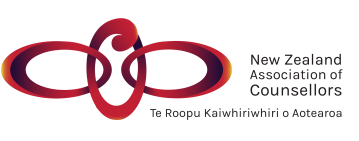Guidance and Counselling in New Zealand Secondary Schools Exploring the Issues.
DOI:
https://doi.org/10.24135/nzjc.v26i3.58Keywords:
Abstract
Guidance and counselling have been part of New Zealand secondary schools for over forty years. Initially the role of guidance counsellor was well-defined and deemed to be a specialist middle management position requiring appropriate training and support. Guidance counsellors provided a counselling service and were seen as leaders of guidance programmes and activities. Policy changes over the years have resulted in less emphasis and support for guidance in secondary schools, with a reduction of guidance and counselling time. These changes have impacted on the role and work of the guidance counsellor and on the effectiveness of guidance programmes. This article outlines the changes to guidance and counselling work within New Zealand schools, identifies the current issues being faced, and highlights the need for an external agency such as the Ministry of Education to establish national guidelines and standards for this work. [ABSTRACT FROM AUTHOR] Copyright of New Zealand Journal of Counselling is the property of New Zealand Association of Counsellors and its content may not be copied or emailed to multiple sites or posted to a listserv without the copyright holder's express written permission. However, users may print, download, or email articles for individual use. This abstract may be abridged. No warranty is given about the accuracy of the copy. Users should refer to the original published version of the material for the full abstract. (Copyright applies to all Abstracts.)Downloads
Published
01-01-2006
How to Cite
Crowe, . A. (2006). Guidance and Counselling in New Zealand Secondary Schools Exploring the Issues. New Zealand Journal of Counselling, 26(3), 16–25. https://doi.org/10.24135/nzjc.v26i3.58
Issue
Section
Articles



